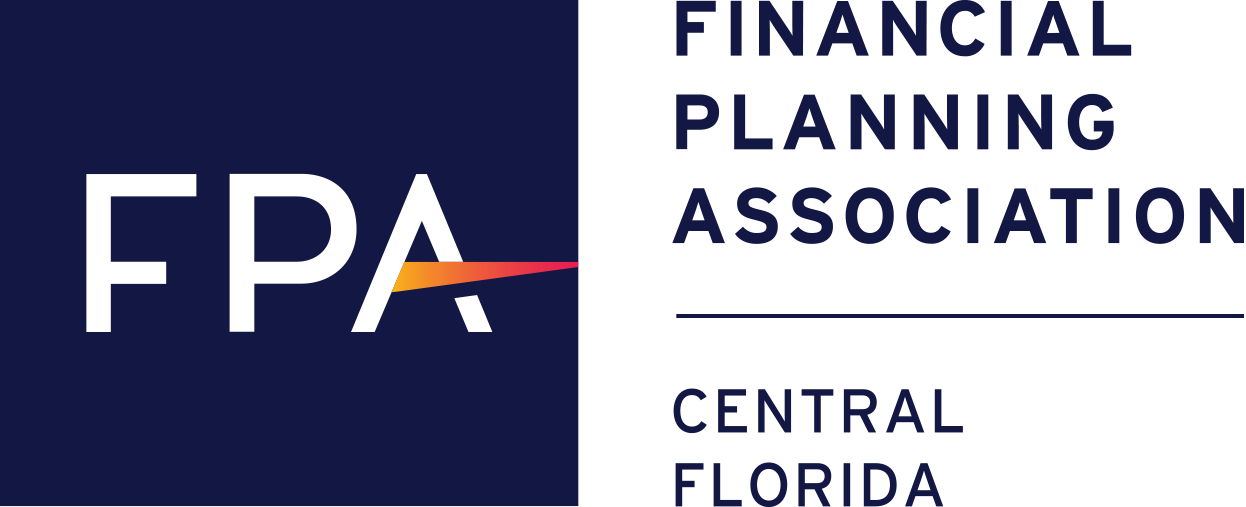
Spotify, Netflix and now…Financial Planning. Could Financial Advice by Subscription Be Right for You?

From digital music and movies to clothing, meals, cosmetics and even automobiles, there’s a subscription service for many of today’s most in-demand products. And now, there are subscription services through which consumers can access professional financial planning expertise and guidance (including, perhaps, advice on how to cover the mounting cost of all those other services they’re paying for).
Designed for people who prefer to pay a modest monthly fee to get professional financial advice incrementally, via a simple, fixed-cost package, with the opportunity to add “a la carte” products and services to that package, subscription-based financial planning services are growing in popularity. A recent survey by Ernst & Young confirms the financial planning-by-subscription model holds broad consumer appeal. It found that more than 50% of people in the 25-to-34 and 35–49 age groups are interested in using that model.
From independent financial planning firms like FPA member and CERTIFIED FINANCIAL PLANNER™ professional Lindsay Martinez’s Xennial Planning in Oceanside, Calif., to huge, integrated financial services companies like Charles Schwab, more companies are responding by offering subscription-based financial planning services as an alternative to the traditional fee- or commission-based methods by which clients compensate their financial advisers. Launched in March, Schwab’s Intelligent Portfolios Premium service carries an initial one-time $300 fee, then a flat $30 monthly subscription fee ($90 billed quarterly). Those fees apply regardless of how much assets are involved: $10,000, $100,000 or $1 million and over. The service gives clients unlimited access to a CERTIFIED FINANCIAL PLANNER™ professionals, plus a formal, CFP®-produced financial plan and access to a diversified portfolio of exchange-traded funds (ETFs) that automatically rebalances over time.
Xennial Planning, which Martinez launched in Spring 2019, uses a slightly different subscription model. It charges an upfront $1,500 fee for a comprehensive financial plan developed by Martinez with extensive client input. After that, the firm charges a monthly fee that starts at $95 for people with a household income of $100,000 or less and rises in $100 increments for each $100,000 in household income above that (so a person or family with a household income of $400,000 would pay $495 per month, for example). That fee gives the client full access to financial planning services from Martinez’s firm, including monthly service updates (e.g., It’s January — time to rebalance your retirement accounts!), as well as on-demand access to Martinez herself for advice by text, email, phone and in-person. And they don’t have to pay for that advice on an hourly basis, as they might with other firms. “It’s all included in that retainer fee,” she says.
Services like these evidently are striking a chord with consumers, as Schwab says its subscription service has added $1 billion in new assets under management, with a 37% increase in new-to-Schwab household enrollments. The familiarity of the by-subscription model popularized by the likes of Netflix and Spotify appeals to people, says Martinez. “It’s simple and it’s something they are used to and understand. It’s also flexible. They can cancel it anytime. There’s no pressure to stay with me.”
Who exactly is a good candidate for financial planning by subscription? “We’ve seen many new clients sign up who knew they needed help with financial planning but hadn’t found an advisory model that fit them – either because they prefer a more digital approach, are cost-conscious, or find traditional planning services overly complex,” notes Cynthia Loh, Schwab’s vice president of digital advice and innovation.
For Martinez, it’s primarily younger individuals, couples and families who are facing serious life changes with potentially major financial ramifications — marriage, having children, buying a home, etc. “Some people aren’t making a ton of money but they still need financial planning help, on decisions with their employer benefits, their retirement plans, college plans, insurance and things like that,” she explains. “This type of [subscription] service is for people who know they need [some level of financial guidance from a professional] to make the right financial decisions and they’re looking for someone to provide ongoing advice to help with those decisions.”
That’s not to say financial planning by subscription is solely for younger households with modest income or simple financial planning needs, however. A Xennial client can opt to pay an annual flat fee of $3,000 (not linked to household income) for full financial planning and investment management services. Or, as an alternative to an ongoing subscription, the firm offers a one-time fee to address a pressing planning priority, whether it’s a household spending plan, for example, or an investment portfolio analysis. They also can pay an additional “a la carte” fee for ongoing investment management, if that’s a service they want.
Ultimately, financial planning by subscription isn’t for everyone, but for people who value financial advice, delivered with flexibility, access and low-cost services, it’s an appealing option.
October 2019 — This column is provided by the Financial Planning Association® (FPA®) and FPA of Central Florida, the principal membership organization for Certified Financial PlannerTM professionals. FPA seeks to elevate a profession that transforms lives through the power of financial planning. Through a collaborative effort to provide members with tools and resources for professional education, business support, advocacy and community, FPA is the indispensable resource in the advancement of today’s CERTIFIED FINANCIAL PLANNER™ professional. Please credit FPA of Central Florida if you use this column in whole or in part. The Financial Planning Association is the owner of trademark, service mark and collective membership mark rights in: FPA, FPA/Logo and FINANCIAL PLANNING ASSOCIATION. The marks may not be used without written permission from the Financial Planning Association.
